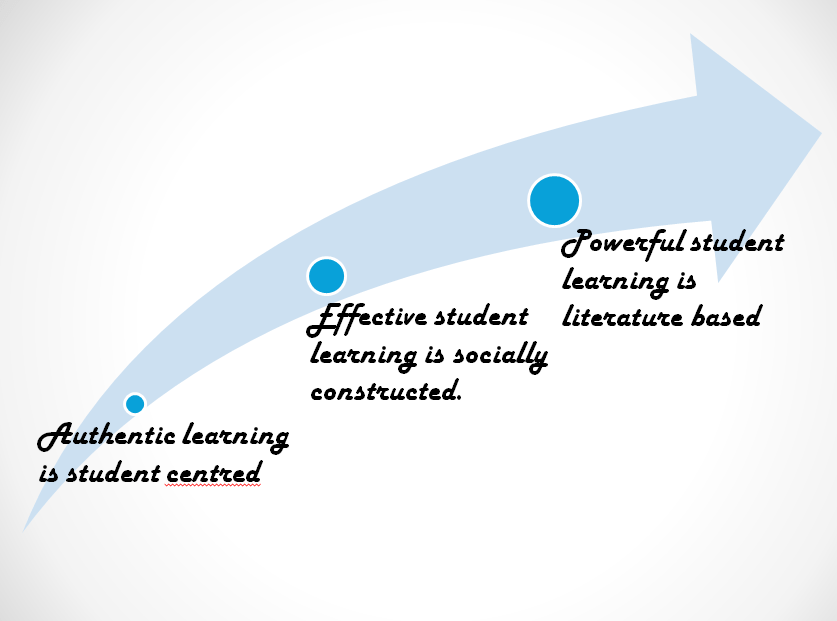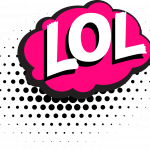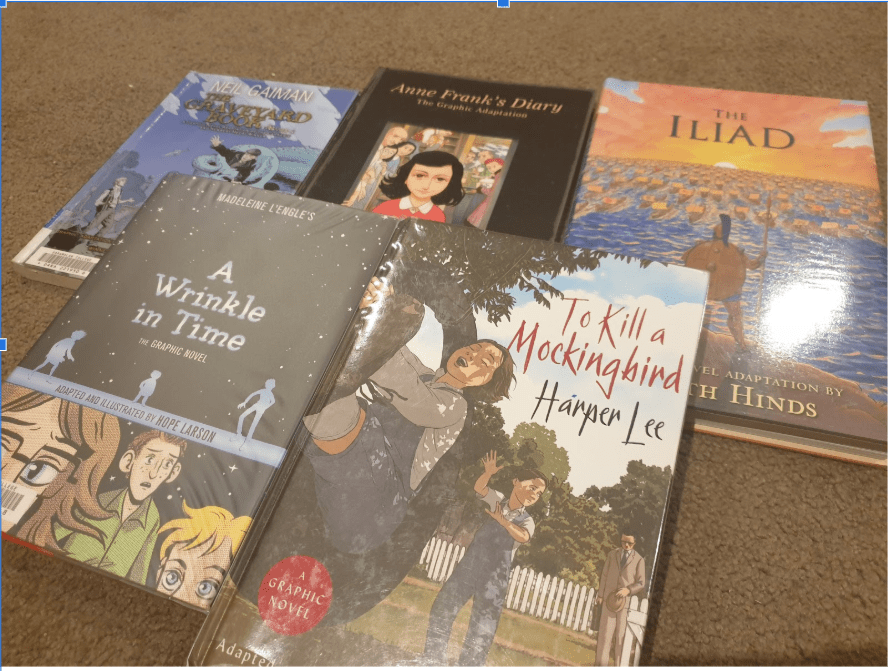Language and literature has always been part of educational practices.
This is because language is central to cognition and therefore needs to be implemented in all areas of thinking and learning. Literary learning is the use of literature across the curriculum. It is based upon genre theory as language is learned in context and a variety of genres and formats should be made available for all students to (Derewianka, 2015). Whilst the emotive and behavioural benefits of literature are well documented, some teachers may believe that a variety of genres in teaching and learning are unnecessary. Cornett (2014) points out the many cognitive values of literary arts in the curriculum such as promoting literacy, supporting active meaning construction and provoking inquiry, lifelong learning, problem solving and increasing critical thinking skills. The role of the teacher librarian and educator is to increase the implementation of the various forms of literature, such as narratives, expositions, discussions and recounts, in order to increase student exposure to the heterogeneity of discourses available in their subject area.

GDJ / Pixabay – Code breaker to text analyser.
Literacy for learning is when a student moves from simply being codebreakers and text participants, to using text for learning and analysing. The basis of literary learning is genre theory and programs such as ‘reading to learn’ places an emphasis on students using a variety of literature formats in schooling (Derewianka, 2015). Genre theory has had a great influence on education practices in Australia. It is an extension of Vygotsky’s and Halliday’s theory of language development occurring in social contexts (Derewianka, 2015). The extension is based upon the view that students need access to a variety of genres within their subject matter in order to be able to engage in discourse (Derewianka, 2015). Since each genre has its own identifiable format, it is important that educators offer a variety of genres to maintain equity (Derewianka, 2015). Derewianka (2015) also elucidates the pertinent fact that each key learning area has a particular vocabulary, and that students need to understand and develop experience with this specific language and various formats in order to achieve academic success.
ACARA places great emphasis on literacy, language and literature in the curriculum. It requires students to use language as a method of participating in the learning process (Derewianka, 2015). I have previously elucidated on the importance of literacy, so I will not go into any more detail about that now. But within the General capabilities curriculum, there is a requirement for students to be able to make meaning and critically analyse. Therefore, the use of a variety of genres within teaching and learning practices ensures students are able to meet the learning outcomes set by the standards within the curriculum.
From a pedagogical perspective, literary learning is a child centred approach to teaching and learning. Derewianka (2015) points out that the shift from teacher to child centric pedagogy requires student’s engagement in order for them to participate in the learning. Literature can be used as a method to learn about subject matter as it provides a increased engagement for students and also has a higher recall compared to expository texts (Cornett, 2014, p. 151). Besides being a mode of conveying information, the use of good quality literature has been proven to support construction of meaning, deepen understanding of complex social issues and meet the aesthetic needs of students (Cornett, 2014, p. 151). The latter is very important as motivation is a commitment to extend the reader’s aesthetic experience (Cornett, 2014).
There are some educators that are skeptical of the need to implement literature across the curriculum, even though the implementation of language, literature and literacy across key learning areas has been part of teaching practice for the last few decades. One of the arguments against the implementation of literature, is that some students would struggle against having to negotiate meaning from the text. Students with low literacy and those who speak a second language could find some genres more problematic than others. But Cornett (2014) refuted this argument by determining that literature based learning is beneficial to students combating aliteracy or illiteracy. This is because students that have literature at the core of their learning improve their overall reading levels in comparison to those that do not (Cornett, 2014). Ironically, the use of standarised tests have been proven to have no benefit in improving literacy outcomes but they still happen at regular intervals (Cornett, 2014). But whilst literature have been proven to address cognitive, emotional and developmental needs, not all students (and teachers) like all aspects such as narrative literature. Since choice is an essential aspect of engagement and motivation, it is important to implement a variety of genres and resources in educational practices when planning a unit of work. Astute educators will know that it makes sense to balance pragmatism with literature.
Literary learning is the implementation of literature across the curriculum. By using literature as a method of conveying subject specific information, teachers are improving the learning outcomes of the students. From an evidence based perspective, literature based learning is the better option for students as it allows students to construct their own bank of knowledge from information which is more easily read, understood and comprehended. It allows students to put into context the subject specific vocabulary they have learned and use correctly the variety of formats and genres that are applicable to their discipline. Students no longer just learn to read… they read so that they can learn.
References:
Cornett, C. E. (2014). Integrating the literary arts throughout the curriculum. In Creating meaning through literature and the arts: arts integration for Classroom teachers (5th ed,) (pp144-193) USA
Derewianka, B. (2015). The contribution of genre theory to literacy education in Australia. In J. Turbill, G. Barton & C. Brock (Eds.), Teaching Writing in Today’s Classrooms: Looking back to looking forward (pp. 69-86). Norwood, Australia: Australian Literary Educators’ Association. Retrieved from https://ro.uow.edu.au/cgi/viewcontent.cgi?article=2620&context=sspapers









